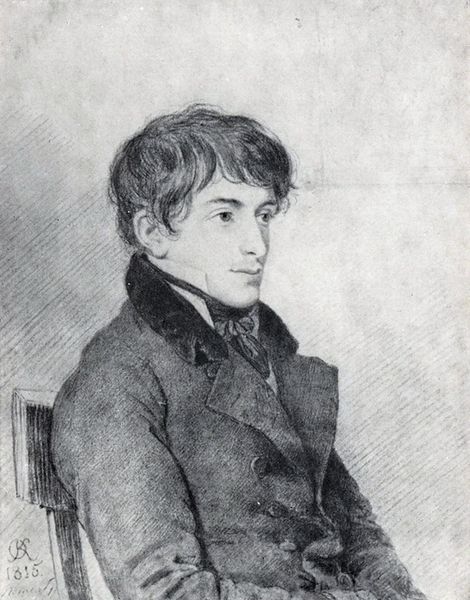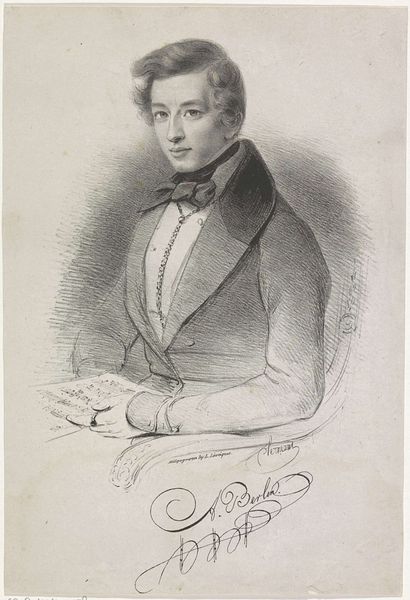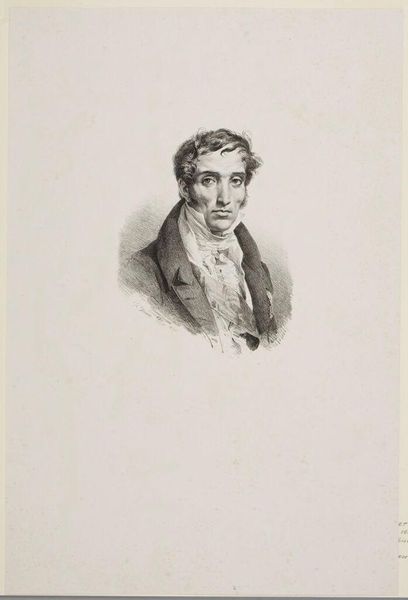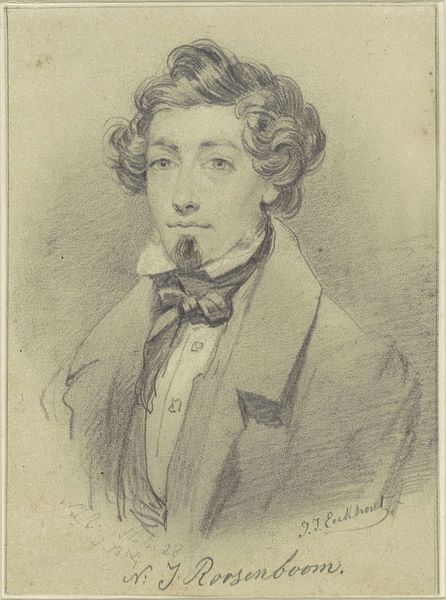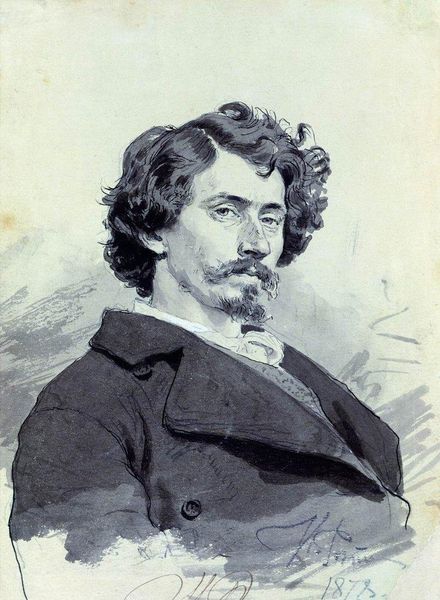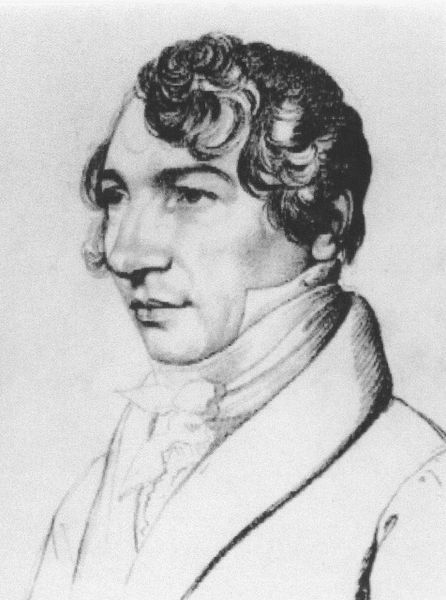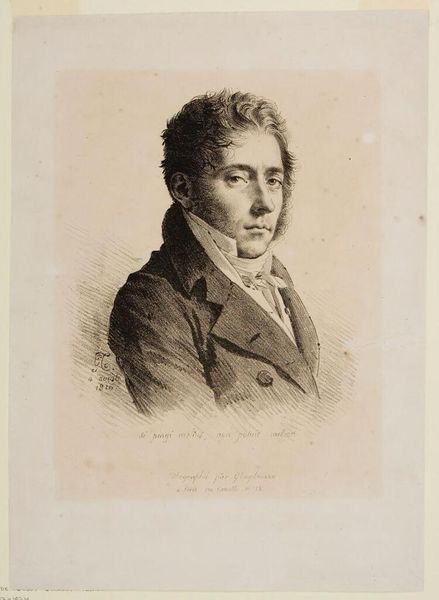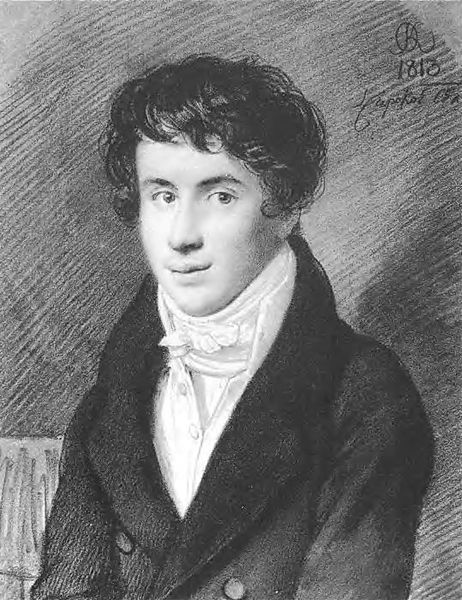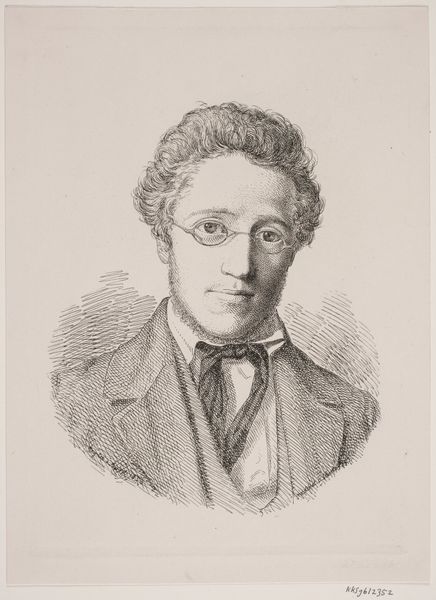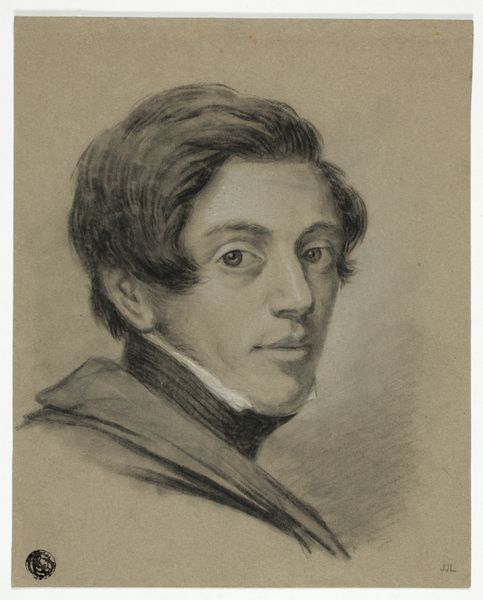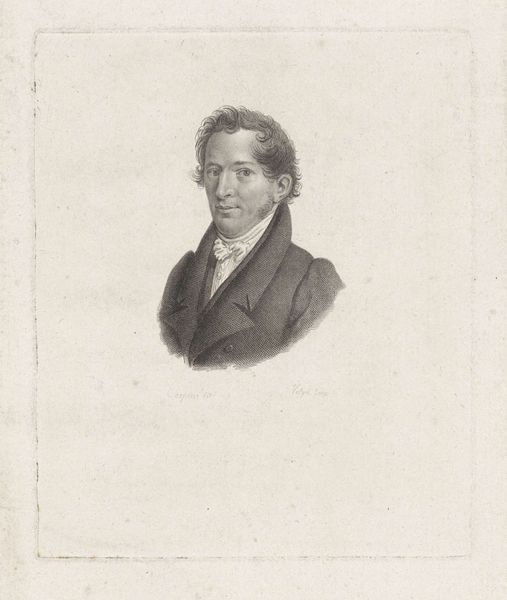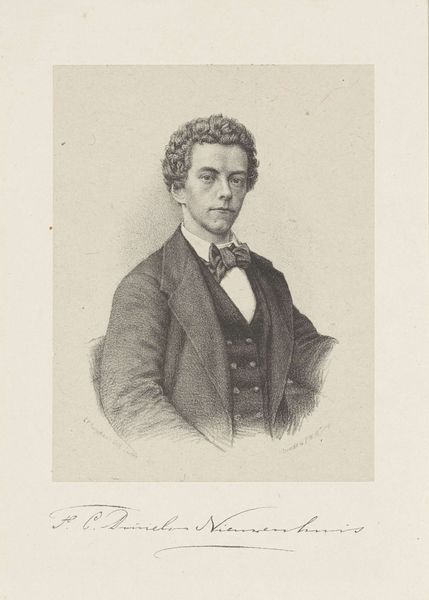
drawing, pencil, graphite
#
portrait
#
drawing
#
facial expression drawing
#
head
#
portrait image
#
portrait
#
german-expressionism
#
male portrait
#
portrait reference
#
male-portraits
#
portrait head and shoulder
#
sketch
#
pencil
#
graphite
#
portrait drawing
#
facial portrait
#
forehead
#
fine art portrait
#
realism
#
digital portrait
Copyright: Public domain
Curator: Liebermann's "Sixteen Years Old," a graphite and pencil drawing, confronts us with a stark immediacy. What springs to mind for you initially? Editor: There's a delicate tension—an almost haunting quality. It’s both direct and withdrawn; the gaze is fixed, but the sketchy lines lend a sense of impermanence. Curator: The gaze is central, certainly. Notice how the youthful subject’s eyes—dark and intense—become symbolic portals. They suggest nascent understanding but also a weight, a pressure perhaps related to societal expectations. What do you make of the relatively formal attire—the jacket, bow tie—set against the casual nature of the sketch? Editor: That contrast strikes me as deliberately provocative. The clothing and the youth are interesting, aren’t they? Perhaps an adolescent self-consciousness striving for sophistication? It reveals much about bourgeois society. The constraints it imposed but also its aspirations, the almost theatrical role-playing in that in-between space from boy to man. Curator: Precisely. Consider Liebermann's engagement with German Expressionism. While not a core tenet of the movement, there is a psychological exploration, a delving into interiority, that resonates. The hasty, visible marks themselves convey a restlessness. It seems a conscious deconstruction of traditional portraiture. Editor: You raise a key point about tradition. Liebermann was operating within very specific art world structures. Think about the rise of salon culture, of public portraiture. This work functions both as a personal study and a reflection on portraiture's place within social power dynamics. Is it about individuality or conformity? Curator: Yes, indeed. He encapsulates the very cusp of identity formation, where individual yearning intersects with powerful societal molding. It’s the burden of becoming. I wonder how audiences might have encountered this portrait in a gallery setting. It's a testament to how much visual culture has changed over the decades. Editor: Looking back, I find myself pondering Liebermann’s intentions—to capture a moment, to analyze the social script imposed on young men. What an illuminating and thoughtful use of seemingly simple materials!
Comments
No comments
Be the first to comment and join the conversation on the ultimate creative platform.

